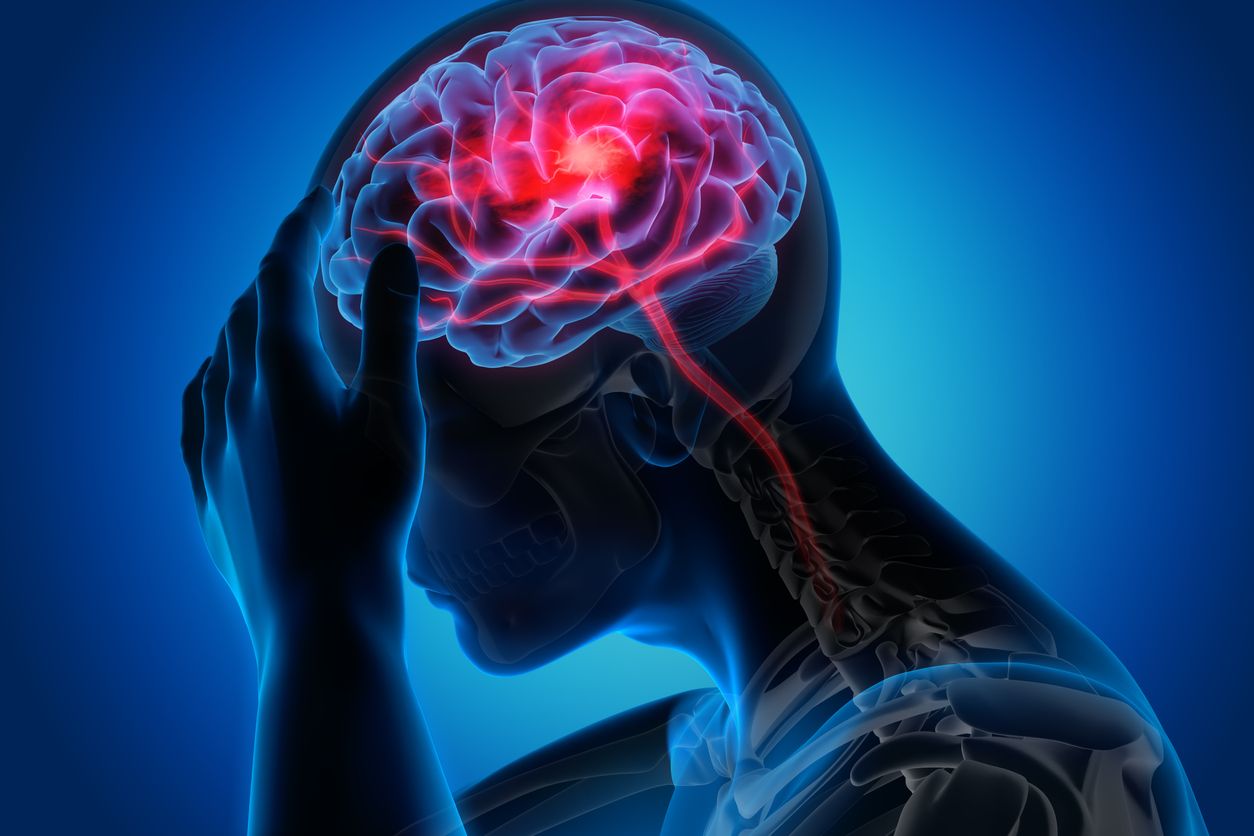It turns out that we can use Stall Catchers not only for Alzheimer's research, but also for stroke research! And if you're familiar with Stall Catchers, you might notice that the new stroke data set looks a bit different - there's a reason for this. Read on to learn more...
If you've been with us for a while, you may know that we created Stall Catchers to analyze Alzheimer's research data from the Schaffer-Nishimura Laboratory at Cornell University. And as of today, September 13, 2023, almost sixty thousand catchers across the world have contributed 16.9 million annotations! Your analysis has helped answer key questions about why brain blood flow is reduced in Alzheimer's patients, how it affects their cognitive function, and how we might develop a treatment that restores blood flow. While we do not yet have definitive treatment for this, we are much closer than when we started, and there are even a few FDA approved drugs tested in Stall Catchers that may help restore blood flow.
Some of you may have noticed that there haven't been many new datasets in Stall Catchers recently. That's because Stall Catchers has been so effective, that it exposed a new bottleneck in the data analysis, which is related to cleaning the data before it goes into Stall Catchers. Fortunately, Mike Lamont from the Schaffer-Nishimura Lab developed a very nice software tool that has enabled Cornell students to engage in this clean-up task. Thanks to these efforts, we are starting to acquire new data sets. In fact, there is a tremendous backlog of about 60 datasets from Cornell that will soon become available for analysis in Stall Catchers. Can you imagine the research impact when we deliver the results of our analysis for all of those datasets?
In the meantime, we have engaged with stroke researcher David Boas and his research team at Boston University, and we are about to introduce their data into Stall Catchers. Read more about our kickoff meeting here. I asked Jack Giblin, who works closely with Professor Boas, to explain their research.
Jack says "Stroke is one of the leading causes of long-term disability, with approximately 800,000 people experiencing a stroke each year. Yet we are still severely limited in our ability aid the recovery of damaged tissue in the subsequent days to weeks, which could be critical in recovering brain function and quality of life. We believe that stalls impede recovery of the stroke-damaged brain, by continuing to limit blood flow and oxygen supply to already damaged tissue. Our hope is that by working with Stall Catchers, we can better understand the recovery of capillary flow after stroke, and further expand the impact of Stall Catchers by using a similar approach to improve stroke recovery."
We'll have a video interview with Jack and perhaps Professor Boas himself soon enough to hear more about their stroke research.
But here's the rub. The data collected by the Boas Laboratory looks different than the Gaussian Alzheimer's data from the Schaffer-Nishimura Lab. The sample rate is slower and the resolution is lower. This is because they use different instruments to obtain images of brain blood flow from the mice. Specifically, The Boas Lab uses a "Bessel beam", which is a variation of the multi-photo excitation microscopy used in the Schaffer-Nishimura Lab. The Bessel beam provides a needle-like focus at ALL tissue depths simultaneously. This means that when you look at a vessel movie from the Boas Lab, vessels from all depths will be captured simultaneously and appear flattened on top of each other. Fortunately, we (HCI) and both labs have been collaborating to figure out how to show the Bessel beam movies in Stall Catchers so that they appear roughly similar both time-wise, and size-wize to what we are used to. We have modified our software code and we think we are now ready to try out some stroke-related vessel movies in Stall Catchers.
One thing worth noting is that the original Bessel Beam movies are very long, so we have chopped them up into overlapping movies that are shorter. This means it is quite likely that if you are analyzing these stroke data, you will revisit the same capillary at different time points. This also means that each image stack from the Boas Lab will results in about 10,000 vessel movies in contrast to about 500 movies from the Alzheimer's image stacks.
Today we introduce the first stroke data set into Stall Catchers. There will be about 10,000 vessel movies. We will use this to see how well Stall Catchers is able to analyze this new kind of data without providing any special new instructions to volunteers. Once we compare the Stall Catchers results to the expert analyses of the same data to make sure our analysis is accurate, we'll start analyzing new stroke data to assist with the Boas Lab research. But don't worry, we'll continue to analyze the Alzheimer's data as well. And, by the way, the Schaffer-Nishimura Lab and the Boas Lab are long-standing collaborators, and have in fact already been sharing research results that help both labs advance their understanding of both Alzheimer's disease and strokes, which on this dimension of brain blood flow, seem to be related. We hope you will give the new stroke data a try and please feel free to post in the forum about your experiences analyzing these new kinds of data.
